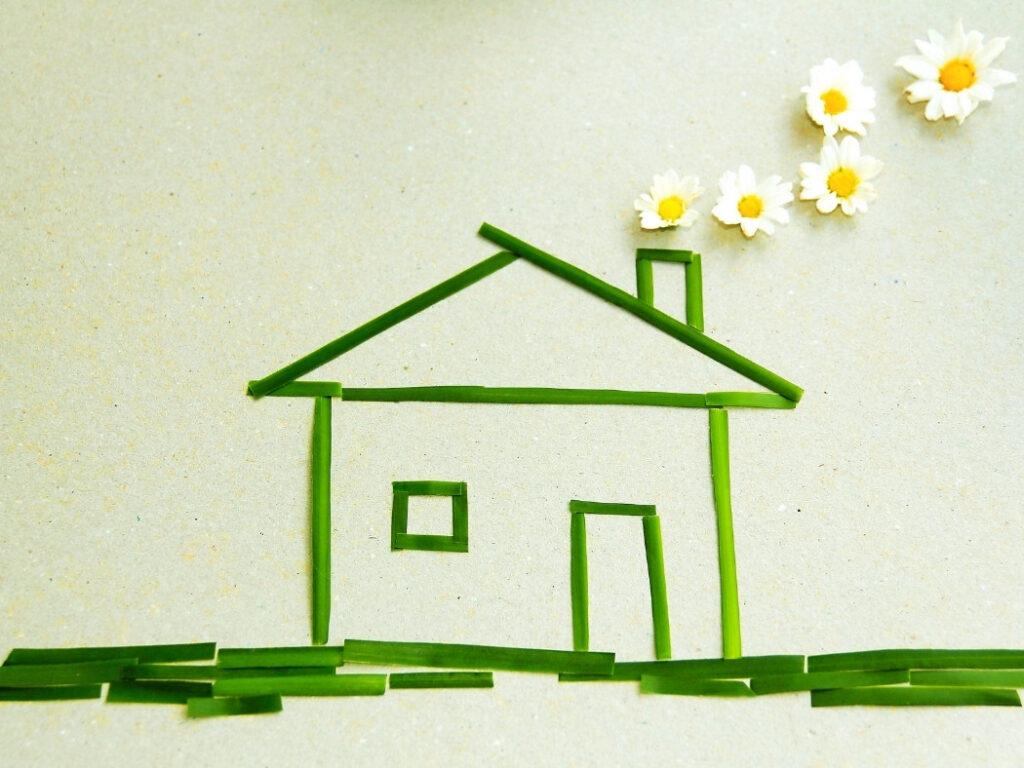Eco-friendly house construction and renovation today is considered one of the best projects anyone can undertake. Building an ecologically friendly house is also a smart financial move, as it can save money on energy bills in the long term and increase your property value. In the past, several home builders and homeowners thought that making eco-friendly renovations in their homes and buildings would be costly and result in lower-quality materials.
But Eco-friendly construction practices are not just about saving money – they also improve your family’s health and help the earth by combating global warming and climate change.
Don’t know where to begin? These guidelines will ensure you construct a safe, eco-friendly home.
Build with Eco-Friendly Materials
When it comes to choosing ecologically friendly building materials, there are numerous options available today. They include sustainability-certified outdoor flooring materials, reused or reclaimed wood, recycled-material insulators, and sometimes composite decking materials used for garden and patio flooring.
Choosing eco-friendly building materials has another perk: better indoor air quality. VOCs and other airborne pollutants are released by carpets, window treatments, coatings, and wood preservatives. Low-VOC coatings and hard-wax oils for floors are healthier options. Considering the number of hours you spend in your home each day, limiting your exposure to harmful substances is essential.
Water Conservation
Residents of the United Kingdom have the ignominious distinction of using an average of 149 liters of water a day. Our water consumption patterns must change as a result of our growing population, widespread pollution, persistent droughts, and climate change. There are numerous ways to save money on water when you renovate your home. In order to minimize water usage, buildings should include low-volume plumbing fixtures like dual flush toilets.
Make it simple to save energy.
Experts always suggest installing renewable energy systems into the design of a new home, even if the building is to be heated or cooled by more traditional means. This includes, but is not limited to, solar panels, domestic wind turbines, and micro-hydroelectric generators. Suppose the initial cost is too high to consider at the building stage. In that case, budgeting for a future switch to renewable energy during the planning process will save the owner a tremendous amount of time (and money).
While you can rely on the sources you’re using to supply you with energy, it is only as good as how much of that energy you utilize. A well-designed home will enable you to reduce your energy consumption. Installing LED lighting and smart thermostats in your home, in addition to getting energy-efficient equipment, can save you money and your monthly energy bills. Don’t overlook low-tech alternatives: a simple clothesline for hanging laundry will reduce energy use even more.
Carefully Planned Landscape
Outside, the construction of sustainable homes continues. Careful landscaping should be carried out to reduce the effect of the home on the environment:
- Rainwater management is essential. Water drainage from the roof can be collected in rainwater tanks and used to water garden plants.
- Reduce the number of impervious areas. Make it easy for precipitation to enter the topsoil instead of drain off. This allows nutrients, organic matter, and other types of waste to be held in the soil and released into surrounding waterways. Choosing an open-cell or permeable paving solution for your outdoor space and parking lot will enable the water to seep into the ground, which will protect your property.
- Choose landscape vegetation that does not require a lot of energy to maintain, such as trimming. Choose native plants that don’t need a lot of water. If you’re not currently collecting rainwater off of your roof, then you should plant water-loving plants around drains to block runoff.
- Small is ideal: a small, compact yard is easier to maintain and reduces your home’s effect on the natural environment. If you live in a wildfire-prone area, contact your regional law enforcement officer about required vegetation clearances.
- Create a hospitable habitat for local wildlife by giving them food, drink, and shelter.
Build With the Environment In Mind
An eco-friendly house is built with energy efficiency in mind. Eco-friendly homes are designed to be insulated, well ventilated, and have an efficient heating/cooling system so that less power will be used. Implementing
Eco concepts when building a home can lower the costs of utility bills for years to come while improving your family’s health by ensuring they breathe clean air inside their new environment. An Eco-friendly house also helps combat global warming and climate change by saving electricity which emits fewer greenhouse gases into the atmosphere compared to traditional houses that lack insulation or ventilation systems or rely on fossil fuels such as natural gas or oil for heat and hot water production.

